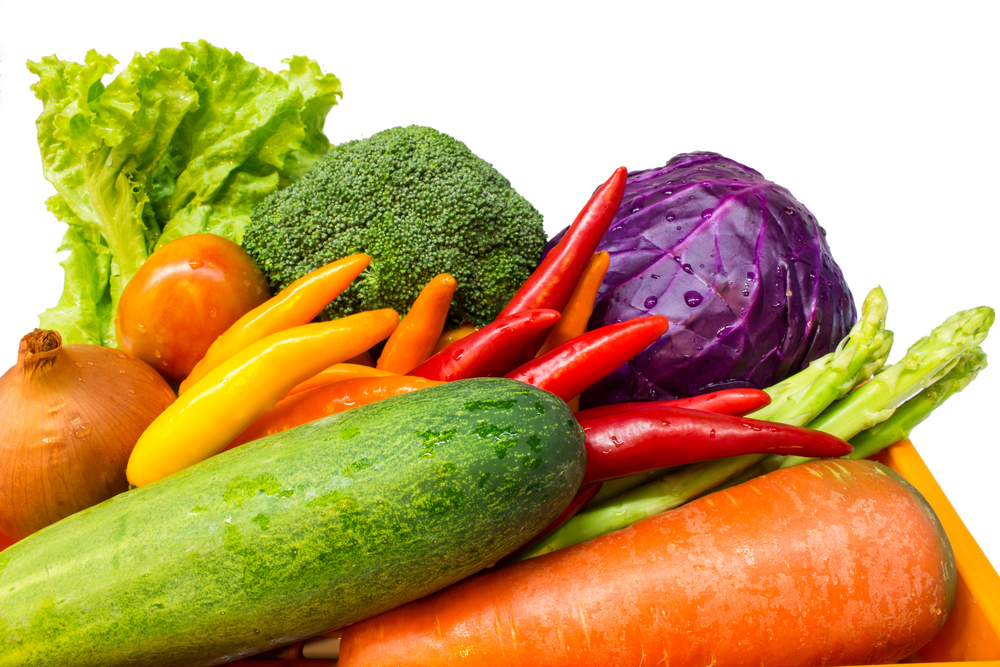Seasonally Good Eats

My daughter’s middle-school poster project featured Washington State’s fruit, vegetable, bird, flower, flag, and song, along with landmarks like the Columbia River. During dinner we played a game of guessing the recognized icons, with the apple being an easy pick for the representative state fruit. But most of my family was stumped regarding the state vegetable. While guessing, we looked at Washington State’s seasonality chart, located on the WAGrown website. The chart is a cornucopia of 57 fruits and vegetables; some being more exotic like arugula, mizuna, rapini, sunchokes, and watercress. My wife was the first to guess onions, and more specifically Walla Walla onions.
Onions are versatile team-players ranging from eye-watering sharp to sweet Walla Wallas. They play-well with other vegetables, grains, and legumes like wheat, rye, barley, and lentils. One of my family’s favorite combinations is sautéed onions with golden-fried potatoes. The caramelized onion coupled with the mellowness of the potato creates the perfect yin-yang flavor balance. Also worth noting is the fact that, compared to many other onions, Walla Walla’s contain lower sulfide levels – making them easier to dice without sulfuric acid forming in your eyes creating a tear fest. Onions also contain a powerful anti-oxidant called quercetin. Quercetin has anti-histamine properties, which may benefit spring and summer time allergies with its anti-inflammatory properties.
Onions are just a small slice of what Washington fruits and vegetables offer. Let’s open the vegetable bin wider and mix in more vegetables with a recipe from the potato recipe tome, One Potato Two Potato, by Finamore and Stevens, 2001. Page 398 has a tasty and nutrient packed recipe called ‘Potatoes Roasted with Summer Vegetables’ that includes five Washington state vegetables. I’ve substituted Walla Walla onions for red onions, and Russets can be mixed with the white potatoes.
INSTRUCTIONS:
You need a large shallow casserole for this recipe. A 12-inch terracotta one is ideal. There’s no reason to dirty a bowl; just toss everything together in the baking dish.
- 1 ½ pounds all-purpose (white) and russet potatoes, scrubbed and cut into 1-inch chunks
- 2 small bell peppers (red, orange, or purple), cored, seeded, and cut into chunks
- 1 medium Walla Walla onion, coarsely chopped
- 1 summer squash (such as zucchini) cut into 1 inch chunks
- 2 large tomatoes, seeded and chopped
- 1 serrano chile, minced
- ¼ cup olive oil
- Several sprigs thyme
- Coarse salt and freshly ground black pepper
Heat the oven to 400 degrees.
Toss all the ingredients together in a large (12-inch) shallow casserole, then spread them evenly.
Bake for 1 ¼ hour, basting once in a while, until the potatoes are fully cooked. The potatoes that stick up from the surface will get crusty and brown; the ones below the surface, where the tomatoes will make a little sauce, will be meltingly tender.
This is equally good piping hot or at room temperature.
One Potato Two Potato is more than a recipe book; it’s instructional about the variety of potatoes, and helps the reader differentiate all-purpose (white potatoes) from yellow, red, purple or russet. Russets are known for their ability “to soften completely and absorb all the other ingredients. Russets also make incomparably light and fluffy mashed potatoes”. Another recipe utilizing Washington state produce is a mashed-potato style called ‘Heaven and Earth’ which calls for Granny Smith apples, russet potatoes, thyme, garlic, lemon zest, and a few other ingredients that combine to make a zesty side dish that will accompany grilled salmon, or a lean pork tenderloin. If you savor strong flavors, you can always add a fresh slice of Walla Walla onion to your sirloin, bison, turkey, salmon, or lentil burger.
Washington’s seasonality chart leaves rows of room for culinary and nutritional exploration. It’s my intention to explore many of Washington’s bountiful fruits and vegetables and their numerous contributions to our body, mind, health, and state.
